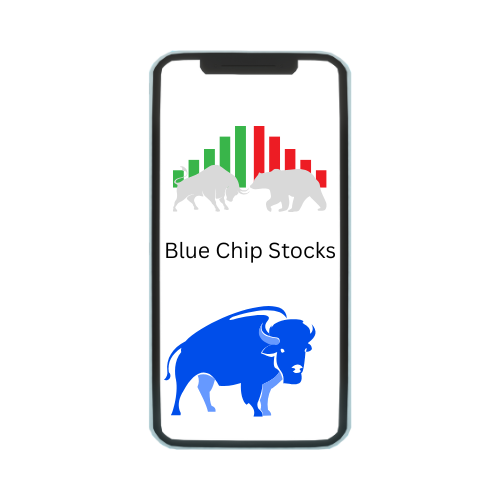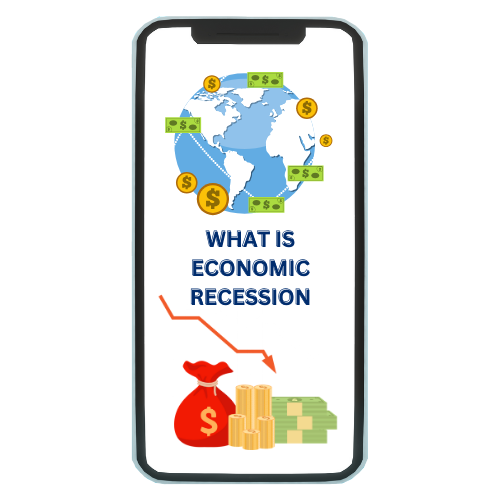The Call Money Rate is a crucial indicator in the financial markets, representing the interest rate charged on short-term loans exchanged between banks and other financial institutions in the interbank market. These loans are typically lent and borrowed on a same-day basis, highlighting the urgent need for liquidity management among financial institutions. The rate is determined by the demand and supply dynamics of funds in the market, influenced by factors such as the monetary policy of central banks, the financial health of institutions, and prevailing economic conditions. It serves as a barometer of short-term liquidity conditions, impacting the cost of funds for banks and subsequently affecting lending rates for businesses and consumers. Moreover, the Call Money Rate plays a pivotal role in monetary policy, allowing central banks to manage inflation, regulate liquidity, and stabilize financial markets by adjusting this rate as needed. Understanding the Call Money Rate is essential for comprehending the intricacies of financial markets and the broader economy.
What Is the Call Money Rate?
The Call Money Rate refers to the interest rate charged on short-term loans exchanged between banks and financial institutions in the interbank market. Here are the key points that define the Call Money Rate:
- Interbank Market: It operates as a market where banks lend and borrow money from each other to manage their short-term liquidity needs. The loans are typically for a duration of one day, known as overnight loans.
- Short-Term Nature: These loans are extremely short-term, often ranging from overnight to a few days. This makes them different from other types of loans, like term loans, which have longer durations.
- Interest Rate: The Call Money Rate represents the interest rate charged on these short-term loans. It is influenced by factors such as the demand and supply of funds in the market, the monetary policy set by the central bank, and the overall economic conditions.
- Liquidity Indicator: The rate is a critical indicator of the liquidity conditions in the financial system. Higher rates can indicate tight liquidity conditions, where banks are in need of funds, while lower rates can suggest surplus liquidity.
- Role in Financial Markets: The Call Money Rate affects other interest rates in the economy, including deposit rates, lending rates, and bond yields. Changes in this rate can impact the cost of borrowing for businesses and consumers.
- Monetary Policy Tool: Central banks use the Call Money Rate as a tool to implement monetary policy. By adjusting this rate, central banks can influence economic growth, inflation levels, and overall financial stability.
How the Call Money Rate Works
The Call Money Rate works as follows:
- Interbank Lending: The rate represents the interest charged on short-term loans exchanged between banks and financial institutions in the interbank market. These loans are usually lent and borrowed on a same-day basis, although they can extend up to a few days.
- Borrowing and Lending: Banks with surplus funds can lend them out to banks that need additional liquidity for a short period. The bank borrowing the funds agrees to pay the lender an interest rate, which is the Call Money Rate.
- Overnight Loans: Most Call Money transactions are overnight loans, meaning the borrowing bank must repay the loan plus interest by the next business day.
- Determinants of Rate: The rate is determined by the demand and supply dynamics of funds in the market. Factors influencing the rate include the level of liquidity in the financial system, the policies of the central bank, and prevailing economic conditions.
- Market Indicator: The Call Money Rate serves as an important indicator of short-term liquidity conditions in the financial market. Higher rates may indicate tighter liquidity, while lower rates may suggest surplus liquidity.
- Impact on Financial Markets: Changes in the Call Money Rate can affect other interest rates in the economy, such as deposit rates, lending rates, and bond yields. This, in turn, can influence borrowing costs for businesses and consumers.
- Monetary Policy Tool: Central banks use the Call Money Rate as a tool to implement monetary policy. By adjusting this rate, central banks can influence economic growth, inflation levels, and overall financial stability.
Example of the Call Money Rate
An example of the Call Money Rate in action can be illustrated as follows:
Let’s say Bank A has a temporary shortage of funds due to unexpected withdrawals by its customers. To cover this shortfall, Bank A decides to borrow ₹50 crore from Bank B in the interbank market. The agreed upon Call Money Rate for this transaction is 6% per annum.
- Transaction Details: Bank A borrows ₹50 crore from Bank B for one day, as it only needs the funds temporarily to meet its immediate liquidity needs.
- Interest Calculation: The Call Money Rate of 6% per annum means that Bank A will have to pay Bank B an interest of ₹25,000 for borrowing ₹50 crore for one day (6% of ₹50 crore divided by 365 days).
- Repayment: The next day, Bank A repays the ₹50 crore principal amount to Bank B, along with the interest of ₹25,000.
This example demonstrates how the Call Money Rate facilitates short-term borrowing and lending among banks in the interbank market. It reflects the temporary nature of these transactions and their importance in managing daily liquidity requirements. The rate can vary depending on market conditions, such as the demand for funds and the overall economic environment, making it a key indicator of short-term liquidity conditions in the financial system.
Factors to Consider
Several factors influence the Call Money Rate, which is the interest rate charged on short-term loans in the interbank market:
- Demand and Supply: The primary factor influencing the Call Money Rate is the demand and supply of funds in the interbank market. When there is high demand for funds and a limited supply, the rate tends to rise. Conversely, when there is surplus liquidity and lower demand, the rate tends to decrease.
- Monetary Policy: Actions taken by central banks to control the money supply and interest rates in the economy play a significant role. For instance, if a central bank increases the benchmark interest rate, it can lead to higher Call Money Rates as banks adjust their lending rates accordingly.
- Financial Conditions: The financial health and stability of banks and financial institutions can also impact the Call Money Rate. Banks with stronger credit ratings and better financial health may be able to negotiate lower rates, while those perceived as riskier might face higher rates.
- Economic Conditions: Overall economic conditions, such as inflation levels, economic growth, and market stability, can affect the Call Money Rate. In times of economic uncertainty or financial instability, banks may be more cautious about lending, leading to higher rates.
- Government Policies: Government policies, regulations, and interventions in the financial markets can influence the Call Money Rate. For example, regulatory changes that affect the liquidity or lending practices of banks can impact the rate.
- Market Sentiment: Investor sentiment and market expectations can also impact the Call Money Rate. If there is optimism about economic growth and stability, lenders may be more willing to lend at lower rates. Conversely, pessimism or uncertainty can lead to higher rates.
Conclusion
In conclusion, the Call Money Rate plays a vital role in the financial markets by reflecting short-term liquidity conditions and influencing borrowing costs among banks and financial institutions. It serves as a barometer of market dynamics, with its fluctuations driven by factors such as demand and supply of funds, monetary policy decisions, financial conditions of institutions, economic indicators, and market sentiment. Understanding the Call Money Rate is essential for participants in the financial markets as it provides insights into the availability of short-term funds, the direction of interest rates, and the overall health of the financial system. Moreover, central banks utilize the Call Money Rate as a tool to implement monetary policy, aiming to control inflation, manage liquidity, and ensure financial stability. Thus, the Call Money Rate not only impacts interbank lending activities but also has broader implications for economic activity and financial markets as a whole.
Frequently Asked Questions(FAQs)
The Call Money Rate is important as it reflects short-term liquidity conditions and affects the cost of funds for banks, which in turn impacts lending rates for consumers and businesses.
Changes in the Call Money Rate can influence other interest rates in the economy, affecting bond yields, deposit rates, and other financial instruments.
Central banks use the Call Money Rate as a tool to implement monetary policy, adjusting it to control inflation, manage liquidity, and stabilize financial markets.




